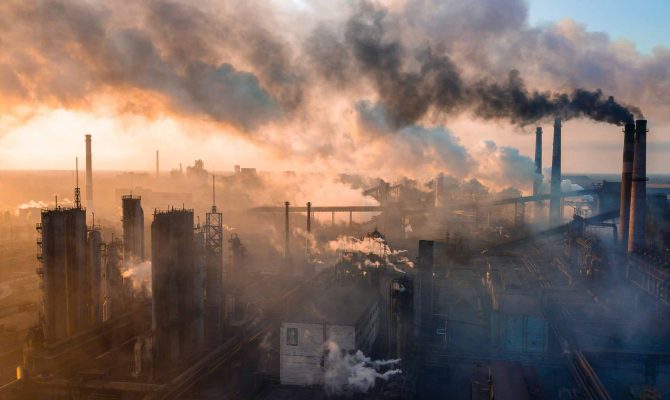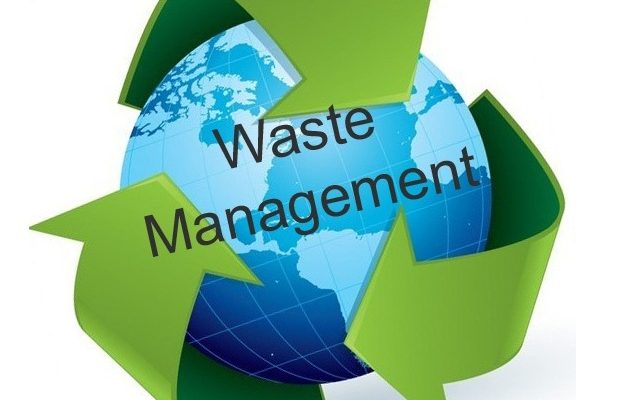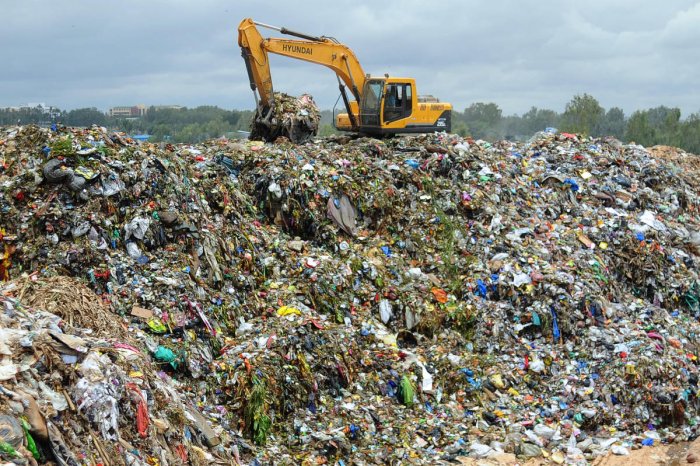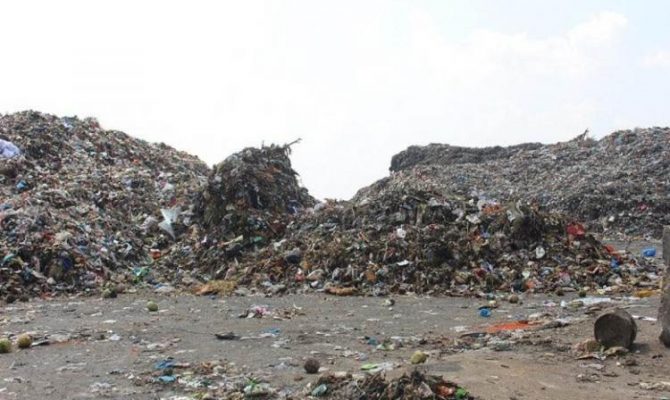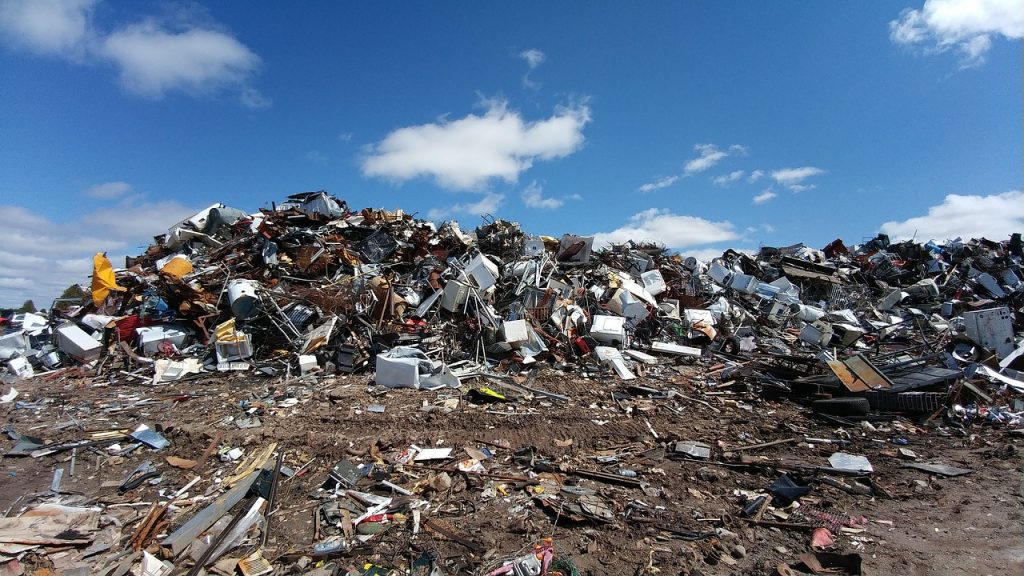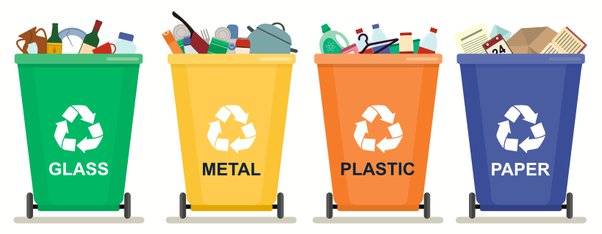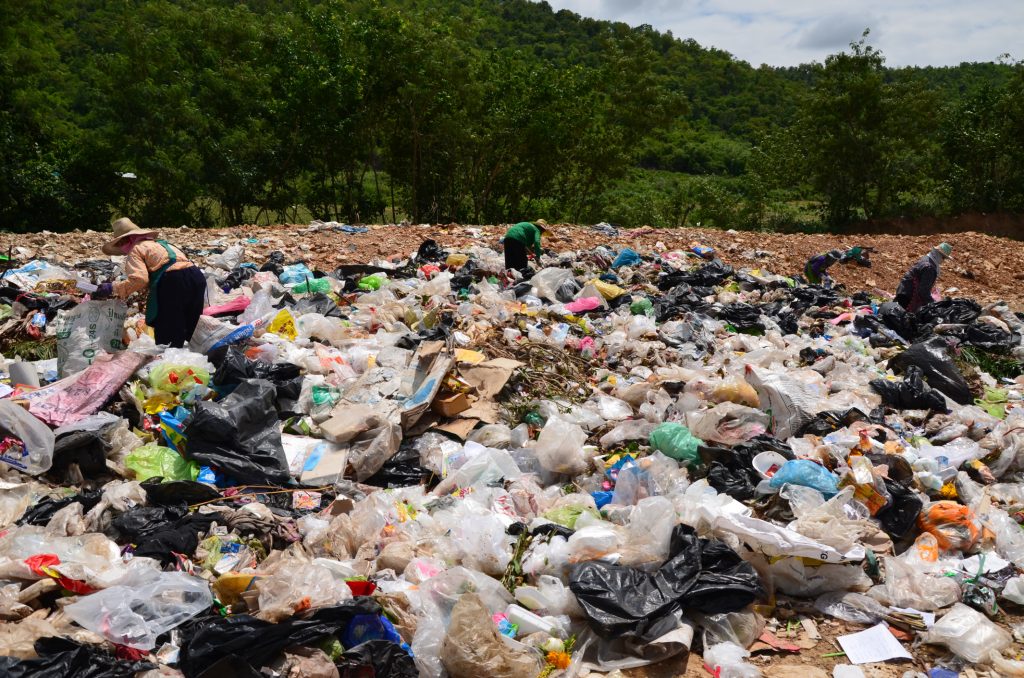Air pollution is defined as the release of contaminants into the atmosphere that are harmful to human health & the environment as a whole. As per the WHO, air pollution kills approximately seven million people per year around the world. 9/10 people now breathe air which exceeds the WHO’s pollution guideline levels, with those in low- & middle-income nations bearing the brunt of the burden.
The Clean Air Act, which was passed in 1970, empowers the US Environmental Protection Agency EPA to protect public health by controlling the emissions of these dangerous air pollutants.
What Causes Pollution In The Air?
“Most air pollution is caused by energy usage and production,” says John Walke, head of the NRDC’s Climate & Clean Energy program’s Clean Air Project. “When fossil fuels are burned, gases and chemicals are released into the atmosphere.” And, in a particularly damaging feedback loop, air contamination not only leads to but also exacerbates climate change.
According to Walke, “air pollution inside the form of Co2& methane raises the earth’s temperature.” “When the temperature is warmer and there is more UV radiation, another sort of air pollution, smog, is worsened by which increased heat.” Mold (due to wet conditions produced by extreme weather & increased flooding) and pollen production are both increasing as a result of climate change due to longer pollen season.
“Thanks to Clean Air Act, we’ve made significant progress in increasing air quality in the U.s over the last 50 years,” said Kim Knowlton, senior researcher & deputy head of the NRDC Science Center. On the other hand, climate change makes it more difficult to comply with environmental rules in the future. These regulations are in place to protect human health.
Air Pollution’s Consequences
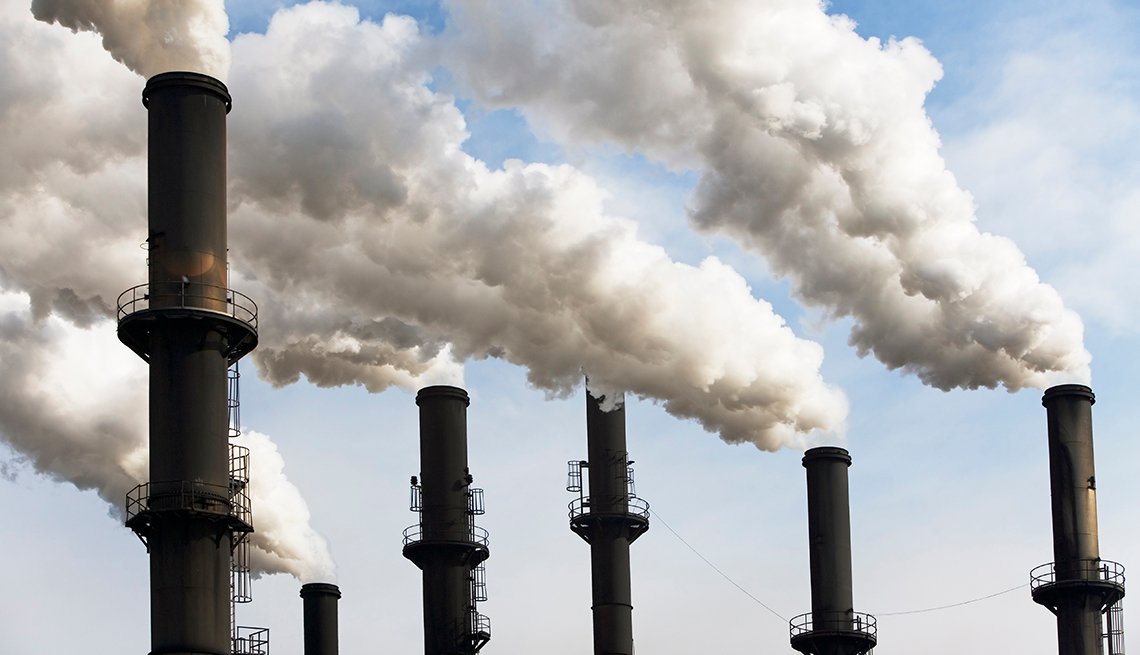
The effects of Air pollution on human body vary depending on the type of pollutant, the time and intensity of exposure, and other factors such as a person’s personal health dangers, as well as the combined impacts of a number of different contaminants or stressors.
Soot And Smog
These are the most common types of pollution in the air. When pollutants from burning fossil fuels interact with sunlight, smog (also known as ground-level ozone) forms. Soot (also called as particulate matter is made up of microparticles of chemical, soil, smoke, dirt, or allergies that are transported in the air as gas or solids.
Smog and soot have similar sources. “Both come from automobiles and trucks, industries, power stations, incinerators, engines, and basically anything which combust fossil fuels like coal, gas, and natural gas,” explains Walke.
Smog may irritate the eyes & throat, as well as harm the lungs, particularly in children, the elderly, and those who work & exercise outside. People who already suffer from asthma or allergies have it even worse because the added pollutants have the potential to make their symptoms even worse and to bring on asthma episodes.
The tiniest airborne particle of soot, whether gaseous and solid, can infiltrate the lungs and bloodstream, worsening bronchitis, causing heart attacks, and even hastening death.
Because highways & polluting facilities have often been built in or near low-income neighborhoods and communities of color, the detrimental consequences of pollution have been disproportionately felt by residents of these areas. According to the Society of Concerned Scientists, Asian Americans were exposed to 34 percent more soot than other Americans on average in 2019. The exposure rate was 24 % relater for Black folks and 23 percent higher for Latinos.
